Home>Garden Essentials>How To Organize A Play Area For Toddlers
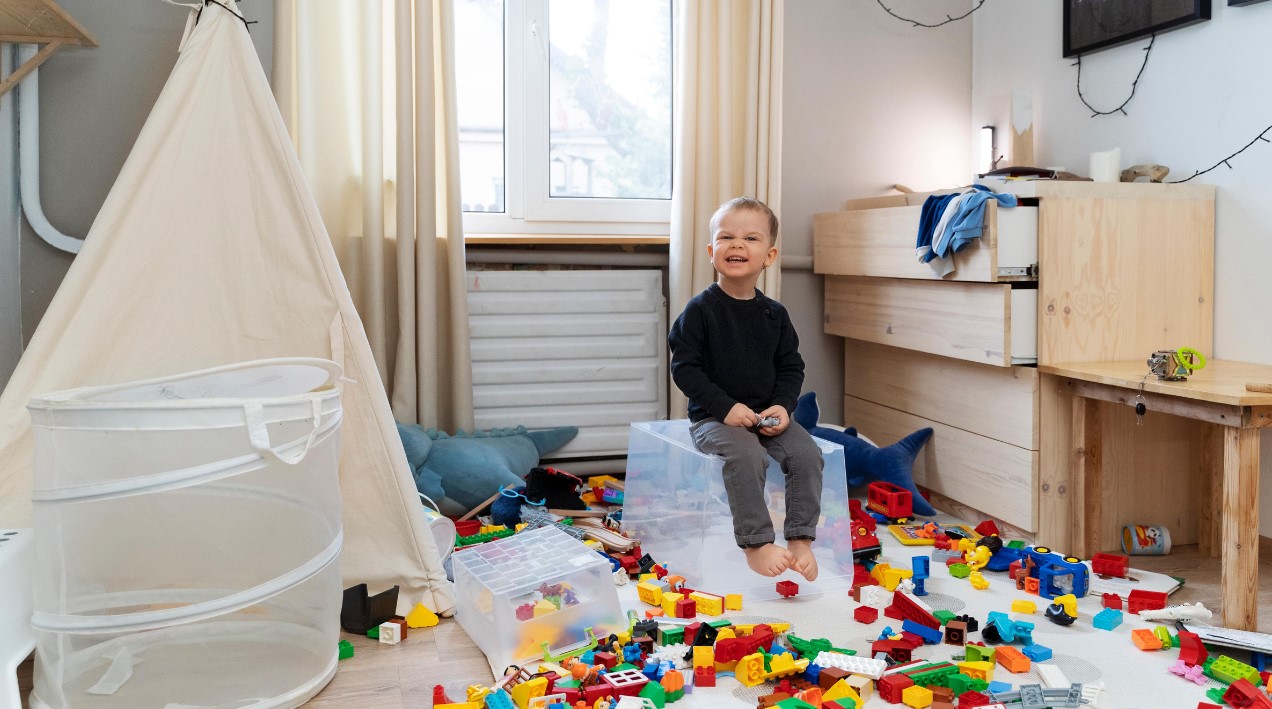

Garden Essentials
How To Organize A Play Area For Toddlers
Modified: March 7, 2024
Discover the best ways to organize a play area for toddlers in your garden. Create a safe and engaging space for your little ones to explore and have fun!
(Many of the links in this article redirect to a specific reviewed product. Your purchase of these products through affiliate links helps to generate commission for Storables.com, at no extra cost. Learn more)
Introduction
Welcome to the exciting world of toddler play! As a parent or caregiver, you know that toddlers have an innate curiosity and a boundless amount of energy. Creating a well-organized play area for your little ones not only encourages their development but also helps keep your home clutter-free and safe. In this article, we’ll explore the essential steps to organizing a play area for toddlers.
By providing a designated space for play, you are setting the stage for your child’s creativity, imagination, and physical development. A well-organized play area allows your toddler to explore, learn, and have fun in a safe and stimulating environment.
With a few simple tips and strategies, you can transform any area of your home into an engaging and organized play zone. Whether you have a dedicated playroom or are looking to create a play area within a shared space, these ideas will help you make the most of the available space while keeping your toddler entertained and engaged.
Before diving into the organization process, it’s important to consider the specific needs and interests of your toddler. Every child is unique, and their play preferences may vary. By observing their behaviors and interests, you can create a play area that caters to their individual needs.
Are they fascinated by puzzles? Do they love building blocks and construction toys? Are they drawn to imaginative play with dolls or action figures? Understanding their preferences will help you curate a play area that captivates their attention and encourages their development.
Now that we have a clear purpose in mind, let’s dive into the process of organizing a play area for your toddler. We’ll cover everything from choosing the right space, decluttering and sorting toys, creating specific play zones, organizing toy storage, setting up play stations, implementing safety measures, rotating toys and activities, and maintaining the space.
Remember, the goal is to create a play area that stimulates your child’s imagination, promotes their development, and makes playtime enjoyable for both of you. So, let’s get started on this exciting journey of organizing a play area for your toddler!
Key Takeaways:
- Encourage your child’s development and creativity by creating a well-organized play area with specific zones for different activities, age-appropriate toys, and regular toy rotations.
- Keep your toddler’s play area safe and engaging by choosing the right space, decluttering and sorting toys, implementing safety measures, and maintaining a tidy and organized environment.
Read more: How To Set Up A Toddler Play Area
Choosing the Right Space
When it comes to creating a play area for your toddler, choosing the right space is crucial. You want to find an area in your home that is suitable for play and can be easily dedicated to your child’s activities. Here are some factors to consider:
- Accessibility: Look for a space that is easily accessible for both you and your child. It should be in a central location within your home, making it convenient for you to supervise and engage in playtime.
- Safety: Prioritize the safety of your child by selecting a space away from potential hazards such as stairs, sharp corners, or breakable objects. It’s also important to ensure that the play area is easily visible from other parts of the house.
- Size: Evaluate the size of the space you have available and consider the amount of room needed for your child to play comfortably. A small corner in the living room, a spare bedroom, or even a section of their bedroom can work well.
- Lighting: Natural light is ideal for a play area as it promotes a positive and energizing atmosphere. If you don’t have access to much natural light, consider adding adequate lighting fixtures to keep the area well-lit and inviting.
- Privacy: You may want to choose a space that provides some privacy for your child to explore and engage in imaginative play without feeling overly exposed. This can be achieved by using room dividers, curtains, or temporary walls.
Take your time to carefully evaluate your options and find a space that suits your family’s needs. Remember, the goal is to create a dedicated play area that encourages your toddler’s development and provides a safe and enjoyable space for them to explore their toys and engage in imaginative play. Once you have chosen the right space, it’s time to move on to the next step: decluttering and sorting toys.
Decluttering and Sorting Toys
Before setting up your toddler’s play area, it’s essential to declutter and sort through their toys. This process helps create a more organized and functional space, while also ensuring that your child has a variety of toys that promote their development. Here’s how you can declutter and sort their toys effectively:
- Purge: Start by going through all of your child’s toys and identifying any that are broken, missing pieces, or no longer age-appropriate. Remove these toys from the play area, as they can be a safety hazard or cause frustration for your toddler.
- Simplify: Avoid overwhelming your child with too many toys. Set aside toys that they have outgrown or show little interest in. Consider donating them to a local charity or passing them on to other families who could benefit from them.
- Sort by Category: Organize the remaining toys into categories such as blocks, puzzles, dolls, cars, art supplies, etc. This will make it easier to find and access specific toys when your child wants to play with them.
- Rotate Toys: If you find that your child has an excess of toys, consider implementing a toy rotation system. Store some toys away and rotate them every few weeks or months. This helps keep their play area fresh and exciting, as well as reduces clutter.
- Create Storage Solutions: Invest in storage bins, baskets, and shelves to keep the toys organized. Label each storage container with its designated category to make cleanup and finding toys a breeze.
Remember to involve your toddler in the decluttering and sorting process. This can teach them valuable skills such as decision-making and responsibility. It also allows them to have a say in their play area and helps foster a sense of ownership and pride in keeping it organized.
By decluttering and sorting toys, you create a streamlined and organized play area that promotes your toddler’s development and makes playtime more enjoyable. Now that your toys are sorted, it’s time to move on to the next step: creating specific play zones.
Creating Specific Play Zones
Creating specific play zones within your toddler’s play area can help them engage in different types of play and promote their overall development. By designating different areas for different activities, you can create a well-rounded play space that caters to your child’s interests and encourages their imagination. Here are some ideas for creating specific play zones:
- Imaginative Play Zone: Set up an area where your child can engage in imaginative play. This can be a dollhouse corner, a dress-up station, or a pretend kitchen. Include props, costumes, and accessories that encourage role-playing and creative thinking.
- Construction Zone: Dedicate an area for building and construction toys such as blocks, Legos, or magnetic tiles. Provide a sturdy table or floor space for your child to build their creations. This zone encourages problem-solving, spatial awareness, and fine motor skills.
- Art and Craft Zone: Create a space for artistic expression by setting up an art easel, a designated art table, or a craft station. Stock it with supplies like paper, crayons, markers, paints, and glue. Encourage your child to engage in drawing, painting, and other creative activities.
- Reading Nook: Designate a cozy corner with a comfortable chair or bean bag, soft pillows, and a bookshelf filled with age-appropriate books. Encourage your child to explore the magical world of books and develop a love for reading.
- Gross Motor Play Zone: Allocate space for physical activities such as crawling tunnels, mini trampolines, or a small indoor slide. This zone promotes gross motor skills, balance, and coordination.
Remember that play zones can evolve and change over time as your child’s interests and developmental needs shift. Be open to adapting the play area accordingly to ensure it remains engaging and stimulating for your little one.
When creating play zones, it’s important to consider the flow and layout of the play area. Ensure that there is enough space between zones to prevent overcrowding and allow your child to move freely between activities. Use rugs, play mats, or visual cues to demarcate each zone and make it visually appealing.
By creating specific play zones, you are providing your toddler with ample opportunities for exploration, creativity, and growth. Now that you have established the different play areas, it’s time to focus on organizing toy storage effectively.
Organizing Toy Storage
To maintain a well-organized play area for your toddler, it is crucial to have efficient toy storage solutions in place. Proper toy storage not only keeps the play area clutter-free but also makes it easier for your child to find and access their toys. Here are some tips for organizing toy storage:
- Invest in Storage Containers: Use clear plastic bins, baskets, or crates to store toys. This allows your child to see what’s inside without having to open every container. Opt for containers with latches or lids to keep small parts secure and prevent toys from spilling out.
- Sort Toys by Category: Group similar toys together to create a more organized storage system. For example, keep all building blocks in one container, dolls and accessories in another, and puzzles in a separate container. Label each container to make it easier for your child to find and put away toys.
- Utilize Wall Space: Maximize your storage by utilizing wall space. Install shelves, hanging organizers, or wall-mounted bins to store books, art supplies, and smaller toys. This frees up floor space and keeps toys within reach.
- Consider Toy Storage Furniture: Consider investing in furniture pieces that double as storage. Look for toy chests, ottomans with hidden compartments, or storage benches. These pieces not only provide additional seating but also offer ample storage space.
- Rotate Toys: If you have limited space, consider implementing a toy rotation system. Store a portion of the toys and switch them out periodically. This keeps the play area fresh and prevents it from becoming overcrowded.
When organizing toy storage, involve your toddler as much as possible. Teach them to return toys to their designated containers after playtime. Make cleanup part of the play routine so that your child learns to take responsibility for their toys.
Regularly declutter and reorganize the toy storage to maintain an efficient system. Remove broken or unwanted toys and reassess the storage needs as your child’s toy collection changes over time.
Remember, an organized and accessible toy storage system not only keeps the play area tidy but also teaches your child valuable skills such as responsibility and organization. Now that we have sorted out toy storage, let’s move on to the next step: setting up play stations for different activities.
Use open shelving and labeled bins to store toys and keep them accessible to toddlers. Rotate toys regularly to keep the play area fresh and engaging.
Setting Up Play Stations
Setting up play stations in your toddler’s play area helps create organized spaces for different activities and fosters their development in various areas. Play stations provide a designated area for specific play experiences and make it easier for your child to engage in different types of play. Here are some ideas for setting up play stations:
- Art Station: Dedicate a table or a portion of a table as an art station. Set up art supplies like paper, crayons, markers, colored pencils, and stickers. Consider adding a small easel for painting or a chalkboard for drawing. This station encourages creativity and fine motor skills.
- Building Station: Create a space for building and construction. Use shelves or bins to organize building blocks, Lego sets, or magnetic tiles. Include a designated area for building and provide enough space for your child to spread out and create their structures.
- Pretend Play Station: Set up a corner or a playhouse where your child can engage in imaginative play. Add play kitchen sets, dolls, stuffed animals, and other props to encourage role-playing and storytelling.
- Reading Nook: Create a cozy reading nook with a comfortable chair, cushions, and a bookshelf filled with age-appropriate books. Add plush toys or bean bags to make it inviting. This station encourages a love for reading and quiet time.
- Sensory Play Station: Set up a sensory play station with activities that stimulate your child’s senses. Include items like sensory bins with rice or sand, play dough, water tables, or texture mats. This station promotes sensory exploration and fine motor skills.
- Music and Movement Station: Designate an area for music and movement activities. Include instruments such as a mini keyboard, drums, or shakers. Create a space where your child can dance, jump, and express themselves through music.
Organize each play station with the appropriate toys, materials, and props needed for that specific activity. Use visual cues like rugs or play mats to define each station and make them visually appealing. Consider the flow and layout of the play area, ensuring that there is enough space between stations for movement and play.
Remember to rotate toys and activities within each play station to keep the play area fresh and exciting for your child. Pay attention to their interests and introduce new toys or materials that align with their current preferences.
By setting up play stations, you provide your toddler with well-defined spaces that promote focused play and encourage their development in various areas. Now that we have created play stations, let’s move on to the next important aspect: implementing safety measures.
Safety Measures
When organizing a play area for toddlers, ensuring their safety is of utmost importance. By implementing appropriate safety measures, you can create a secure environment where your child can explore, play, and learn. Here are some essential safety measures to consider:
- Childproofing: Safeguard the play area by childproofing it. Install safety gates at the entrances of the play area to prevent your child from wandering into potentially hazardous areas of your home. Secure furniture to the walls to prevent tipping, cover electrical outlets, and use corner protectors on furniture with sharp edges.
- Age-Appropriate Toys: Ensure that the toys in the play area are suitable for your child’s age and developmental stage. Avoid toys with small parts or those that may pose a choking hazard. Regularly inspect toys for any damage or wear and replace them as needed.
- Supervision: Always keep a watchful eye on your child during playtime. While setting up a secure play area is essential, it is equally important to actively engage and supervise your child to prevent accidents or injuries.
- Flooring: Choose appropriate flooring for the play area. Opt for soft, cushioned surfaces like foam mats or rugs to provide a safer area for your child to play and reduce the risk of injury during falls.
- Secure Furniture: Ensure that any furniture within reach of your child is securely anchored to the wall to prevent tipping accidents. Avoid placing heavy objects or items that can easily be pulled down by your child on top of furniture.
- Safe Storage: Ensure that toy storage containers are sturdy and have no sharp edges that could pose a risk. Keep toy storage at a height that is safe for your child to access independently and avoid placing heavy items on higher shelves.
- Cleaning Products and Chemicals: Keep cleaning products, household chemicals, and other potentially dangerous substances out of your child’s reach. Store them in locked cabinets or high shelves that cannot be accessed by curious little hands.
- Regular Maintenance: Regularly inspect the play area and toys for any signs of damage or wear. Replace any broken or damaged toys, repair any loose parts or equipment, and keep the play area clean and free from hazards.
It is important to note that these safety measures are not exhaustive, and it is always advisable to have a comprehensive understanding of child safety and adapt your play area accordingly. Stay informed about current safety guidelines and recommendations to ensure a secure play environment for your child.
By implementing proper safety measures, you can create a play area where your toddler can explore and play with confidence, giving you peace of mind. Now that we’ve covered safety, let’s move on to the next step: rotating toys and activities to keep the play area exciting and engaging.
Rotating Toys and Activities
Rotating toys and activities in your toddler’s play area is a great way to keep the space fresh, exciting, and engaging. By periodically introducing new toys, games, and activities, you can spark your child’s curiosity and provide them with ongoing opportunities for learning and development. Here’s how you can effectively rotate toys and activities:
- Create a Toy Rotation Schedule: Establish a schedule for rotating toys. This could be weekly, bi-weekly, or monthly, depending on your child’s interest and the number of toys you have. This allows you to bring out a different set of toys for your child to explore and enjoy during each rotation.
- Organize Toys into Sets: Sort toys into separate sets or containers based on their theme, category, or type. For example, you can have a set of building blocks, a set of cars and trucks, and a set of puzzles. This makes it easier to rotate toys and ensures that each rotation offers a variety of play options.
- Introduce New Activities: Along with rotating toys, introduce new activities to keep your child engaged. This could involve arts and crafts projects, science experiments, sensory play, or outdoor activities. Consider your child’s interests and developmental stage when selecting new activities to introduce.
- Engage with Your Child: Take the time to play with your child and explore the newly introduced toys and activities together. This not only provides quality bonding time but also encourages your child’s curiosity and learning. As you engage with your child, observe their preferences and interests, and adjust future rotations accordingly.
- Prioritize Open-Ended Toys: Include open-ended toys in the toy rotation. Open-ended toys, such as blocks, play dough, and art supplies, offer limitless possibilities for imaginative play and encourage creativity. These toys can be used in various ways, allowing your child to explore their imagination and problem-solving skills.
- Store Rotated Toys: Store the toys that are not currently in rotation in a designated storage area. Make sure to keep them organized and easily accessible for future rotations. Consider labeling or color coding the containers to make it easier to locate specific toys when needed.
By regularly rotating toys and activities, you provide your child with a sense of novelty and discovery. They will look forward to each rotation, knowing that there will always be something new and exciting to explore in their play area.
Remember to observe your child’s play preferences and developmental milestones as you rotate toys and activities. This allows you to tailor the rotations to their specific interests and needs, ensuring that the play area remains engaging and beneficial for their growth.
Now that you have learned the importance of rotating toys and activities, let’s move on to maintenance and cleanup tips to keep the play area organized and tidy.
Maintenance and Cleanup Tips
Maintaining an organized and clean play area is essential for the ongoing enjoyment and functionality of the space. By implementing effective maintenance and cleanup routines, you can ensure that the play area remains inviting, safe, and clutter-free. Here are some tips to help you with maintenance and cleanup:
- Establish Daily Cleanup Routines: Make it a habit to have a designated cleanup time at the end of each day. Involve your child in this routine by asking them to help put away their toys. This teaches them responsibility and helps keep the play area tidy.
- Use Labeled Storage Containers: Label toy storage containers or use picture labels for young children who cannot read yet. This helps your child easily identify where each toy belongs, making cleanup more efficient and organized.
- Encourage Toy Rotation During Cleanup: Incorporate toy rotation into your cleanup routine. As you and your child put away toys, switch out a few items from the current play area with toys from storage. This keeps the play area fresh and prevents it from becoming overwhelmed with too many toys.
- Have a Quick Clean-Up Routine: Teach your child a quick cleanup routine for times when you need to tidy up in a hurry. This can be as simple as gathering all the toys and placing them in a large bin or basket temporarily until you have more time for proper storage.
- Regularly Sanitize Toys: Clean and sanitize toys regularly, especially those that are frequently used or shared. Follow appropriate cleaning methods for each type of toy, such as wiping with disinfectant wipes, washing plush toys, or using mild soap and water for plastic toys.
- Inspect Toys for Damage: Routinely inspect toys for any signs of damage, wear, or loose parts. Remove and repair or discard any broken toys to prevent potential safety hazards.
- Involve Your Child: Encourage your child to take an active role in maintaining the play area. Teach them to clean up after themselves and take care of their toys. This not only instills a sense of responsibility but also helps them develop important life skills.
- Regularly Assess and Update the Space: Periodically assess the play area’s layout, organization, and storage to ensure it meets your child’s changing needs and interests. Make adjustments as necessary to optimize the functionality and appeal of the play area.
Consistency is key when it comes to maintaining a clean and organized play area. By incorporating these maintenance and cleanup tips into your routine, you create a welcoming and enjoyable space for your child’s play and exploration.
Remember, keeping the play area tidy is a joint effort between you and your child. By setting a positive example and providing guidance, you can establish lifelong habits of cleanliness and organization that will benefit your child as they grow.
Now that you have learned valuable maintenance and cleanup tips, let’s conclude our journey to organizing a play area for toddlers.
Read more: Why Is Outdoor Play Important For Toddlers?
Conclusion
Organizing a play area for toddlers is a wonderful way to provide them with an engaging and safe space to learn, grow, and have fun. By following the steps outlined in this article, you can create a well-organized play area that promotes your child’s development, sparks their imagination, and encourages them to explore the world around them.
Choosing the right space for the play area ensures accessibility, safety, and the right amount of room for your child to play comfortably. Decluttering and sorting toys help create an organized environment and allow your child to focus on the toys that align with their interests and developmental stage. Creating specific play zones within the play area provides dedicated spaces for various types of play, such as imaginative play, building, art, and reading.
Effective toy storage solutions keep the play area clutter-free and make it easier for your child to find and access their toys. Use storage containers, shelves, and furniture that suit your needs and organize toys by category. Setting up play stations within the play area offers designated spaces for different activities and keeps the play area interesting and dynamic.
Ensuring safety is paramount in a toddler’s play area. Implement childproofing measures, choose age-appropriate toys, and actively supervise your child during playtime. Regular maintenance and cleanup routines help keep the play area organized, tidy, and enjoyable. Rotate toys and activities to keep the play area fresh and engaging for your child, and involve them in the cleanup process to teach them responsibility and organization skills.
Creating a well-organized play area for toddlers is an ongoing journey. As your child grows, their interests and developmental needs may change. Regularly assess and update the play area to accommodate their evolving preferences and ensure it remains a stimulating and beneficial environment.
Remember, the most important aspect of a play area for toddlers is fostering their curiosity, imagination, and growth through play. By organizing their play space and providing them with the tools and opportunities for exploration, you are setting the stage for their development and creating lasting memories.
So, start creating your toddler’s play area today and watch them thrive in a space that is organized, safe, and full of endless possibilities!
Frequently Asked Questions about How To Organize A Play Area For Toddlers
Was this page helpful?
At Storables.com, we guarantee accurate and reliable information. Our content, validated by Expert Board Contributors, is crafted following stringent Editorial Policies. We're committed to providing you with well-researched, expert-backed insights for all your informational needs.
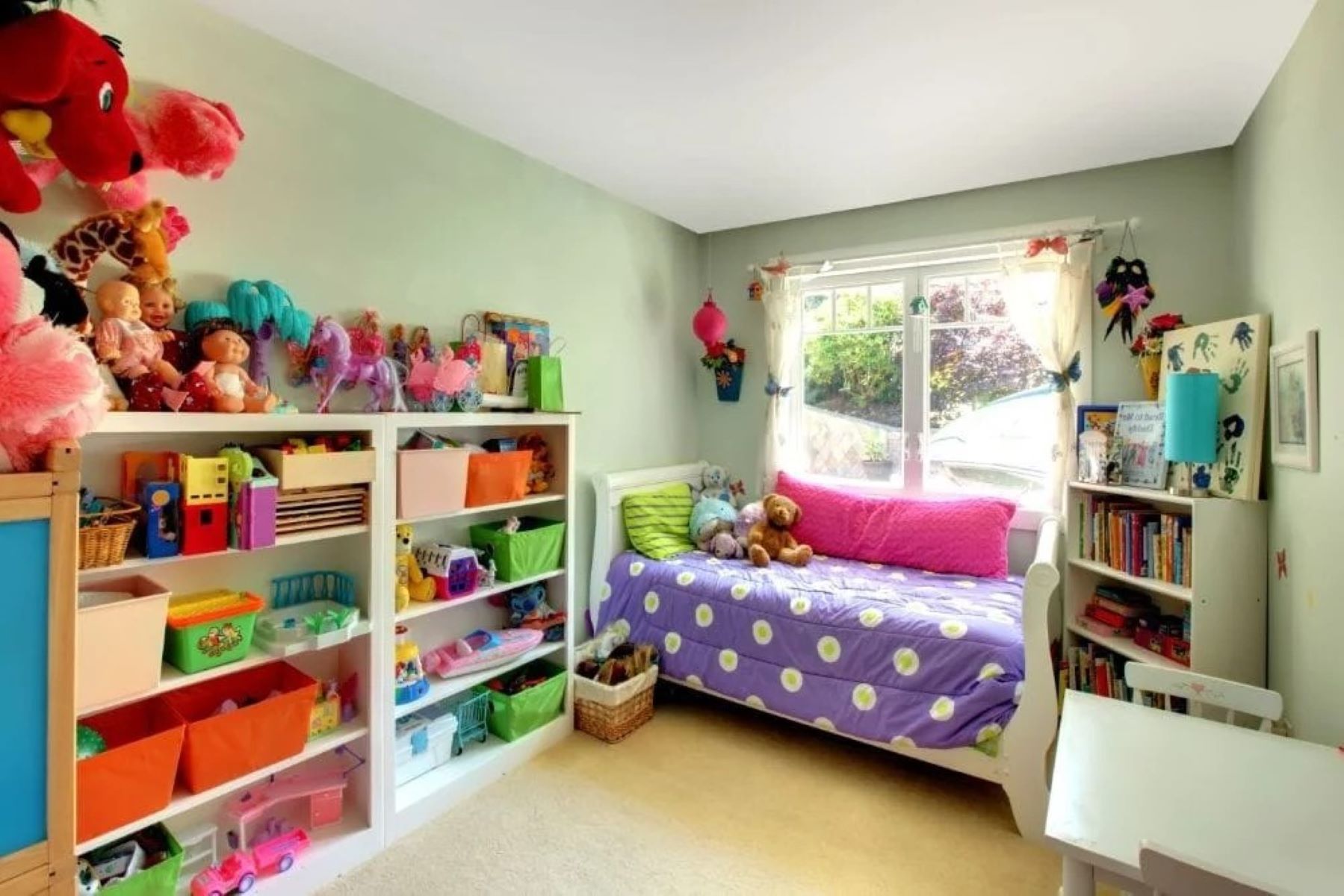
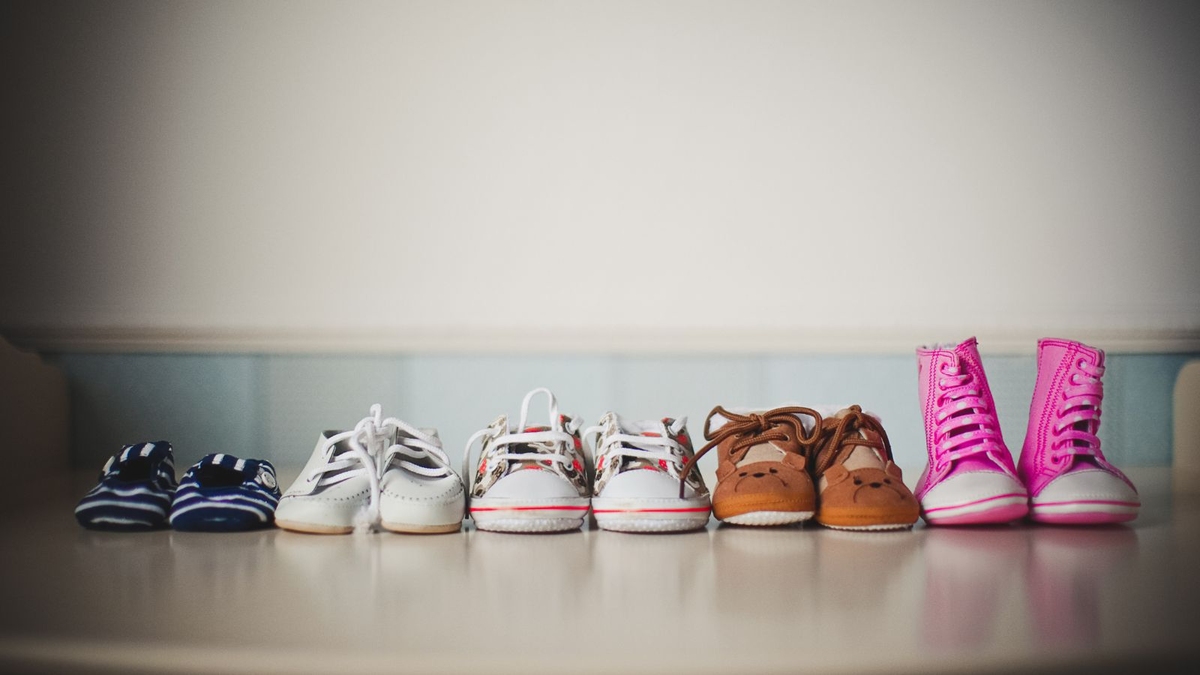
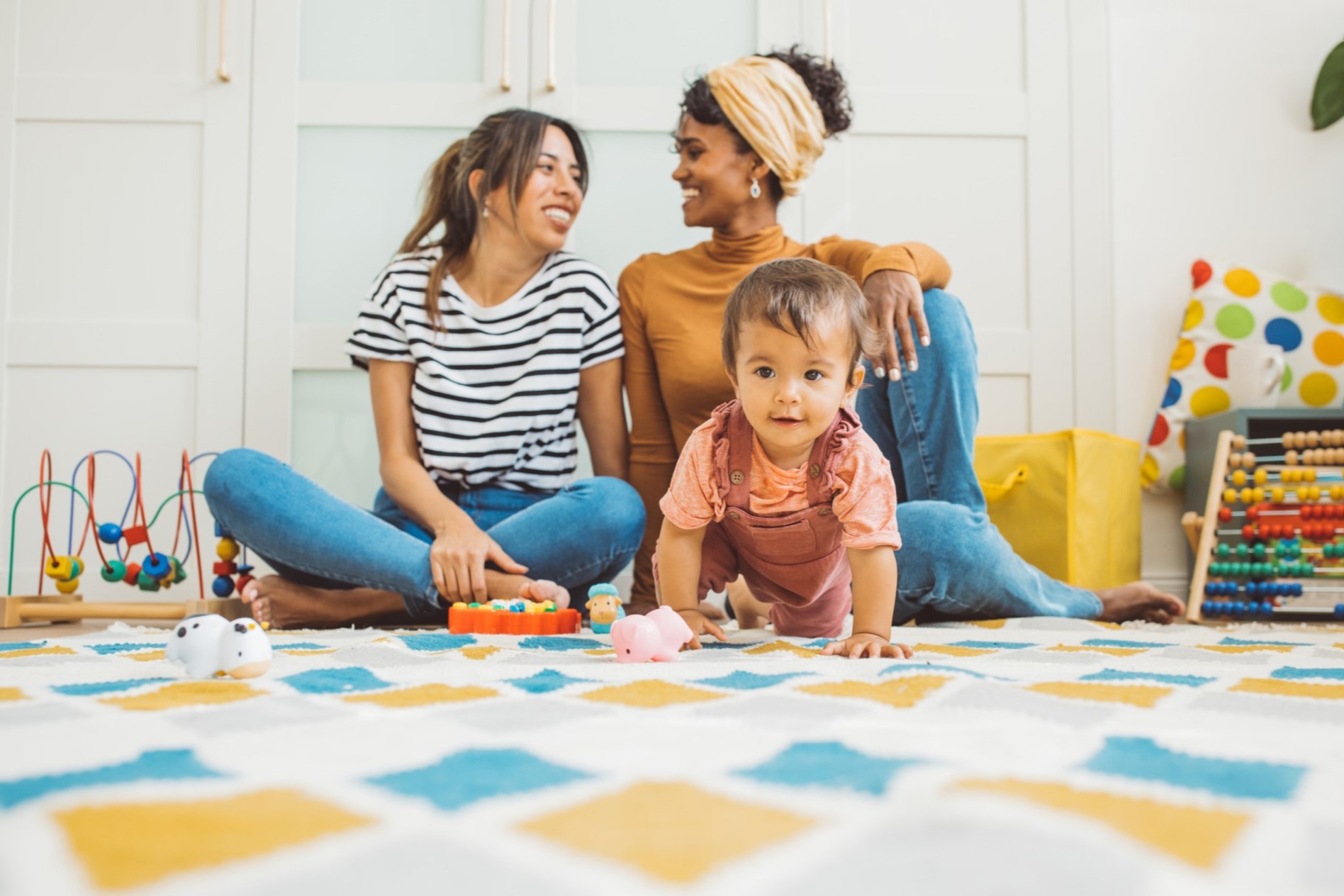
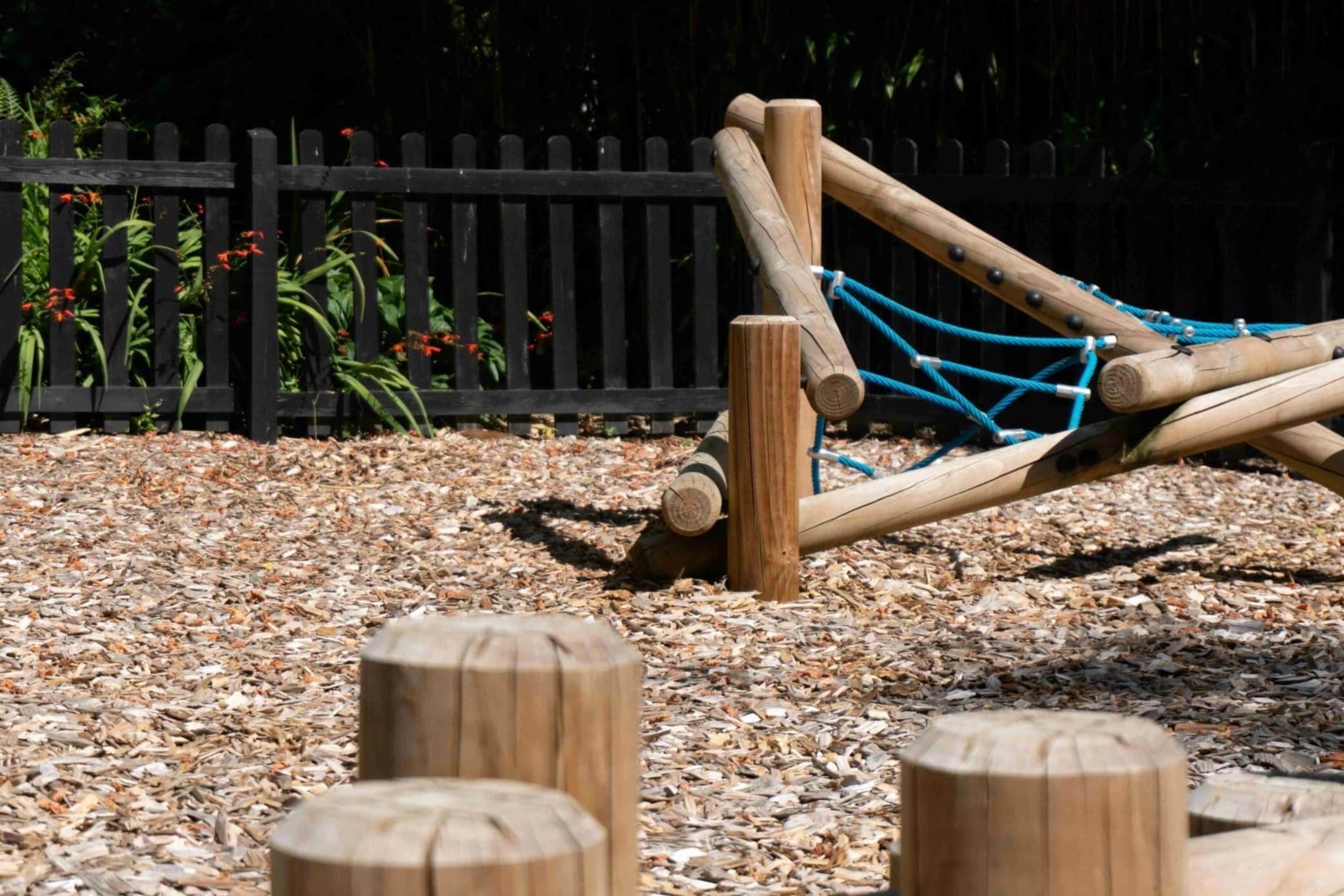
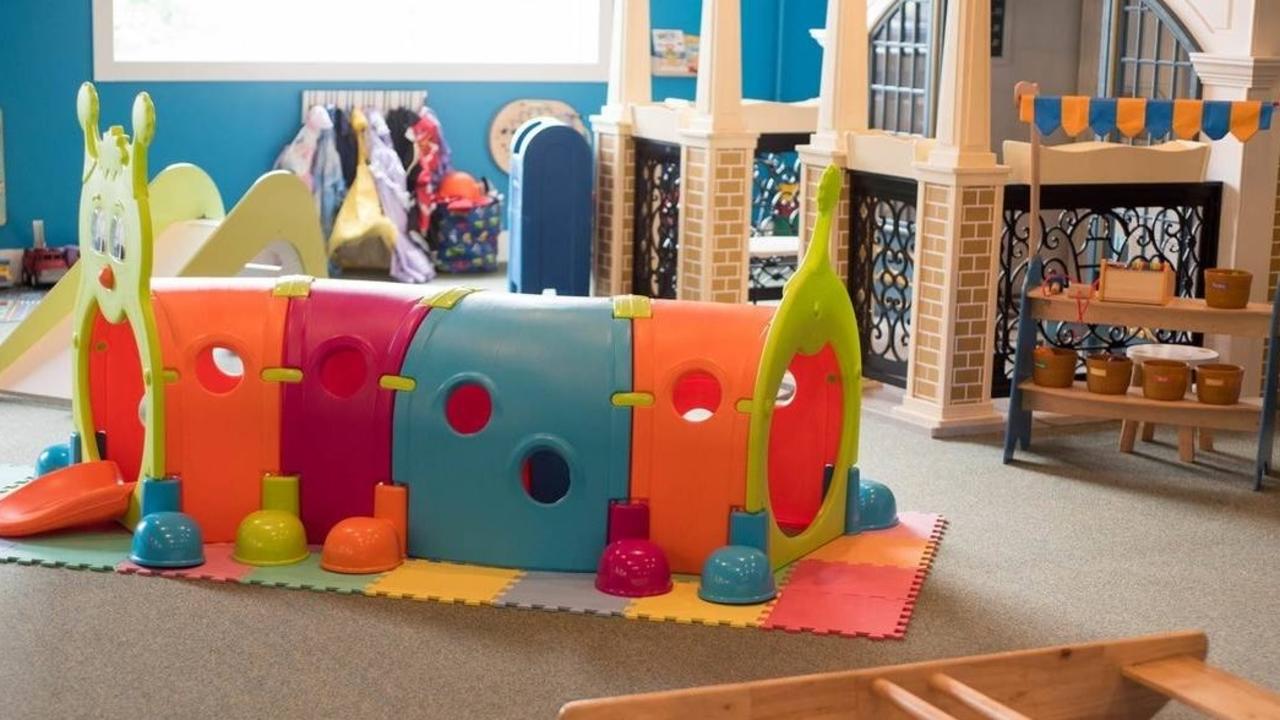
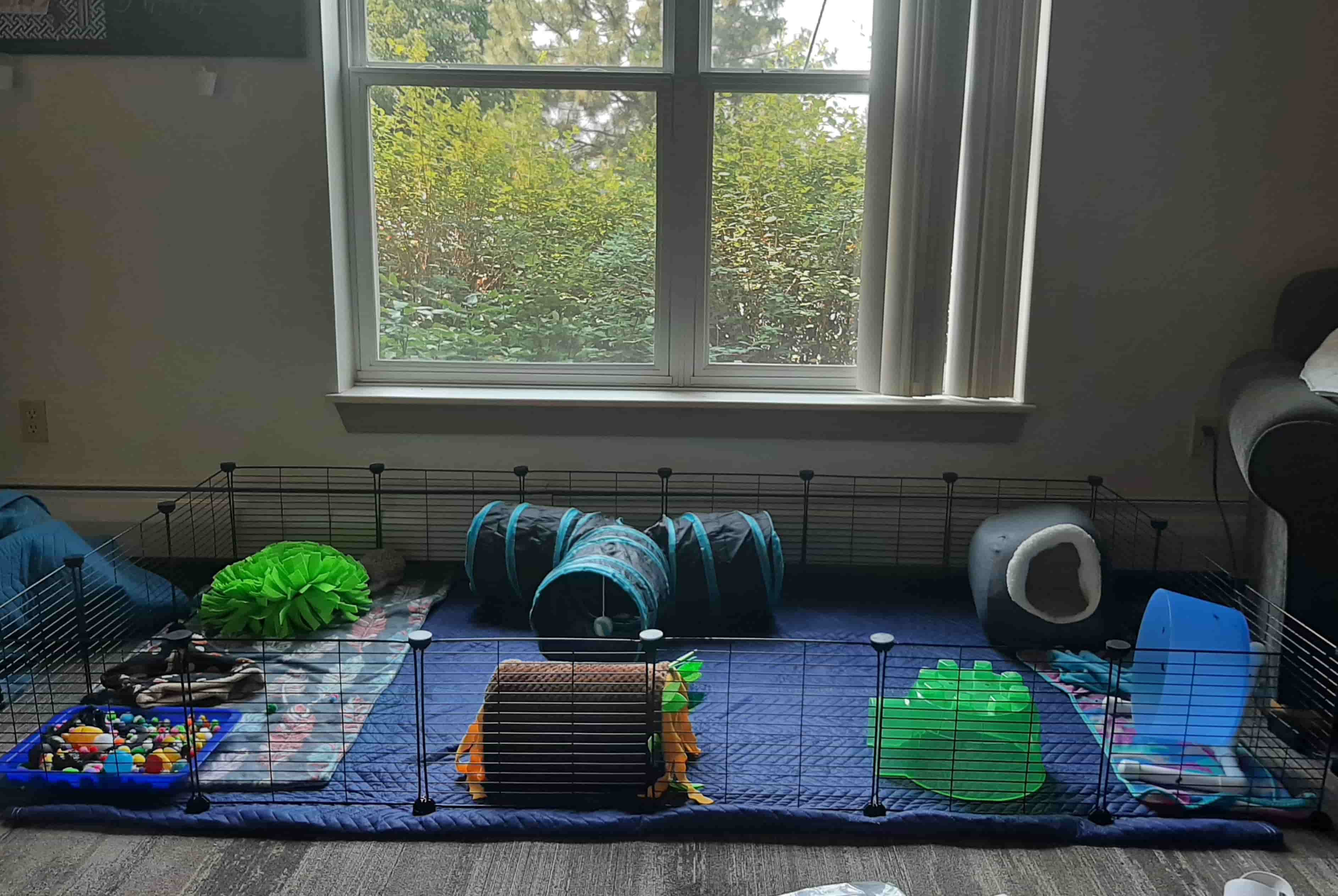
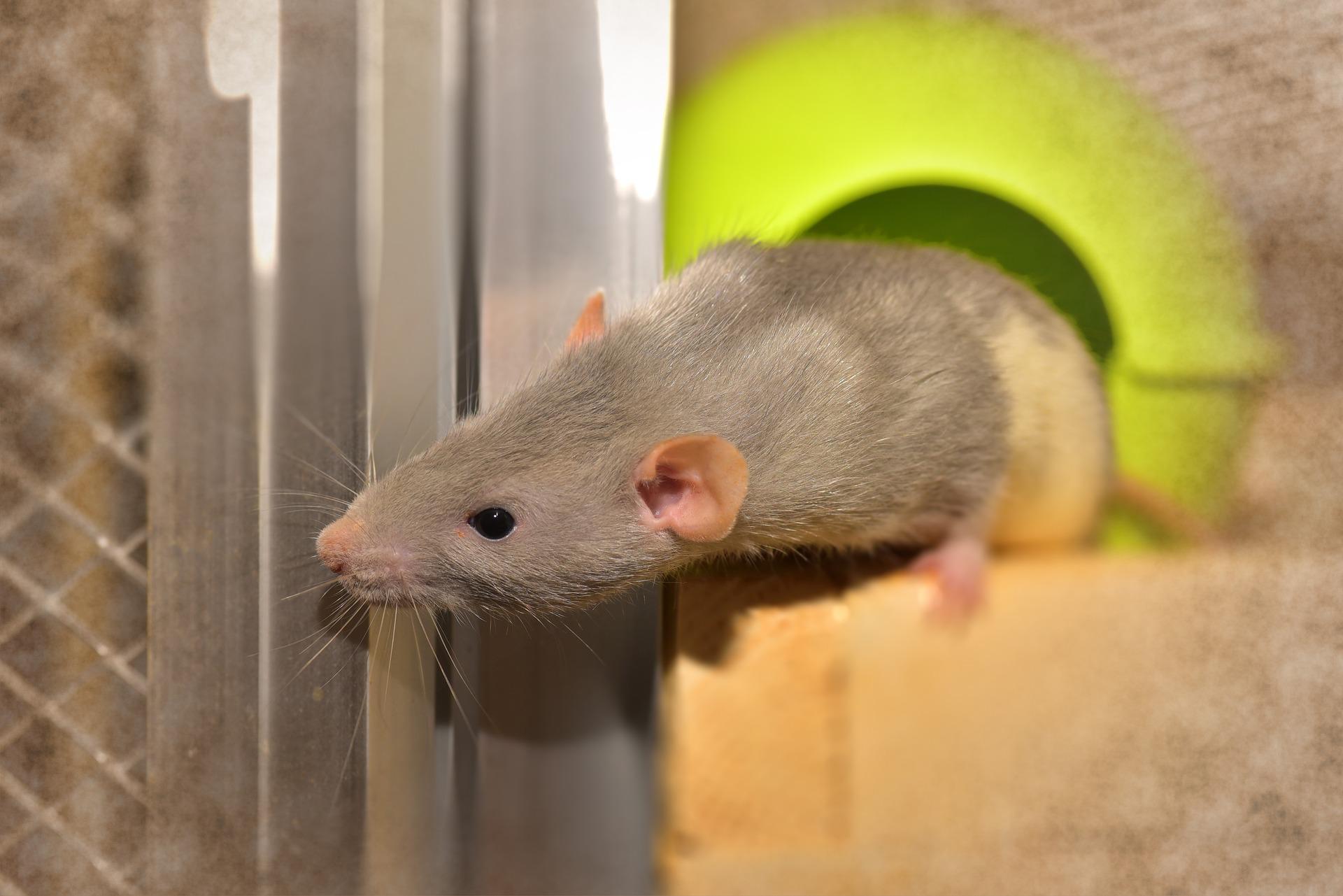
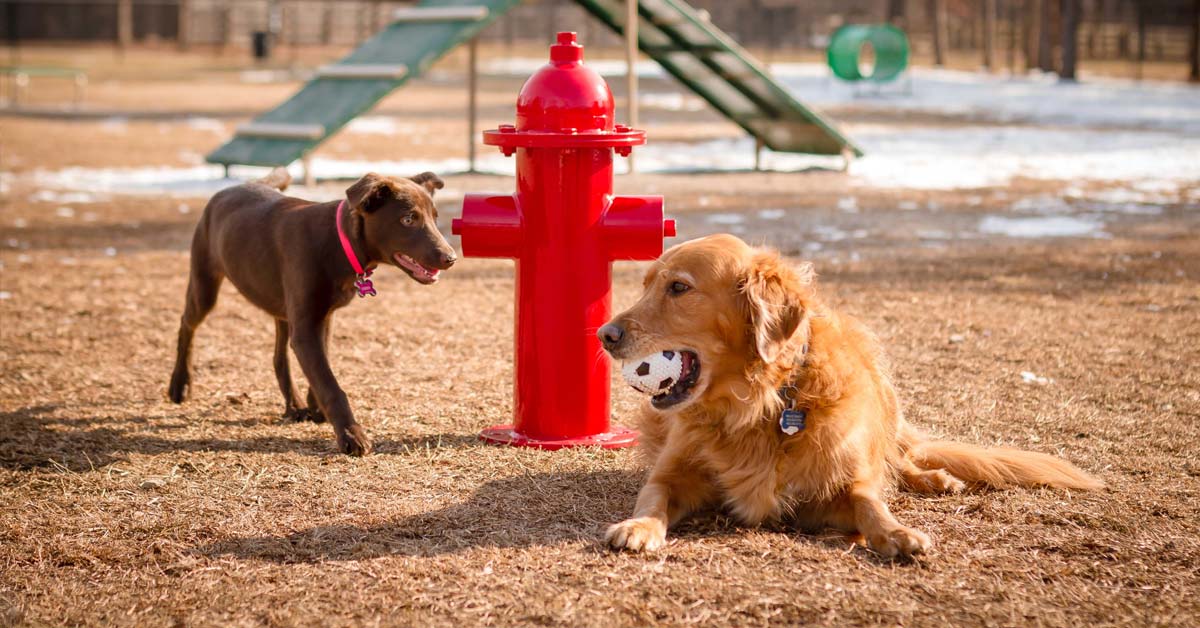
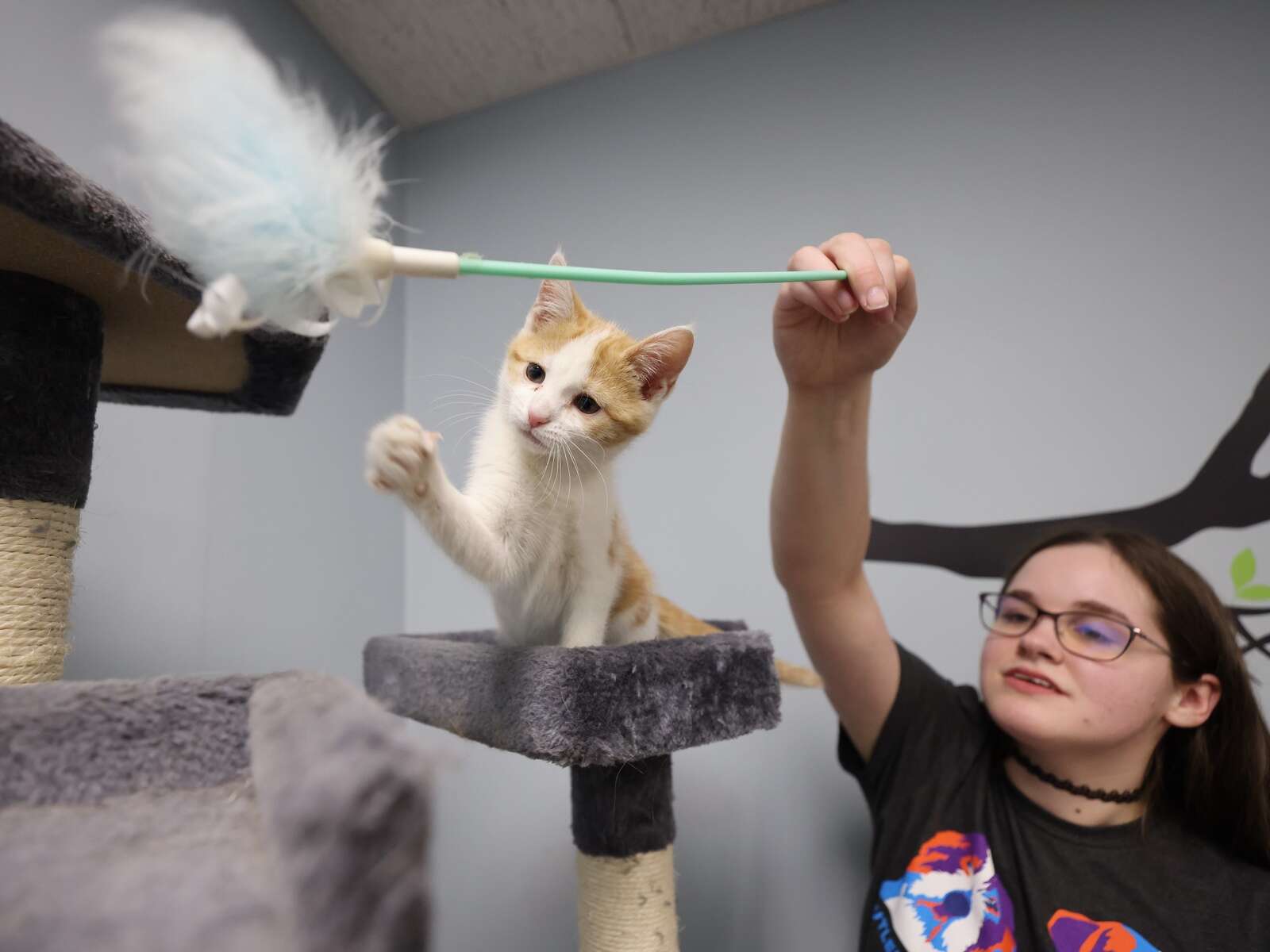
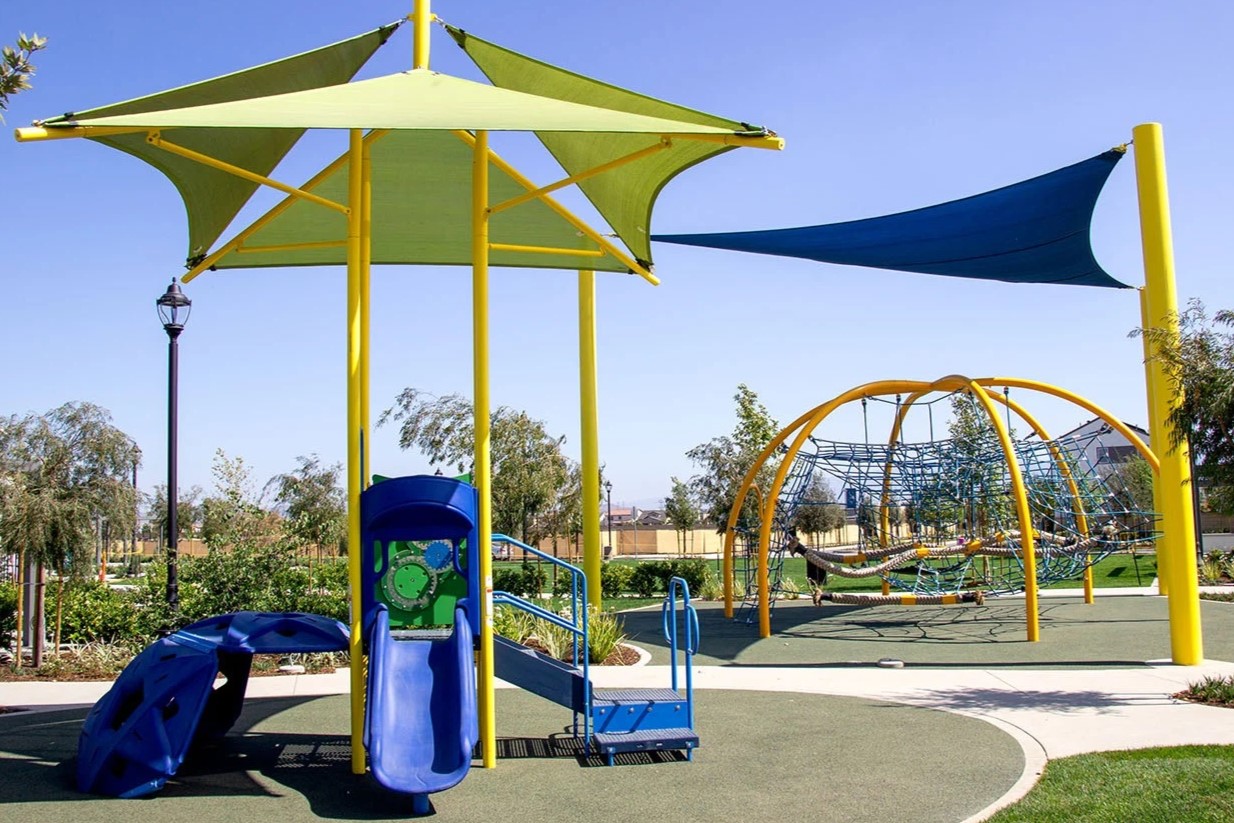
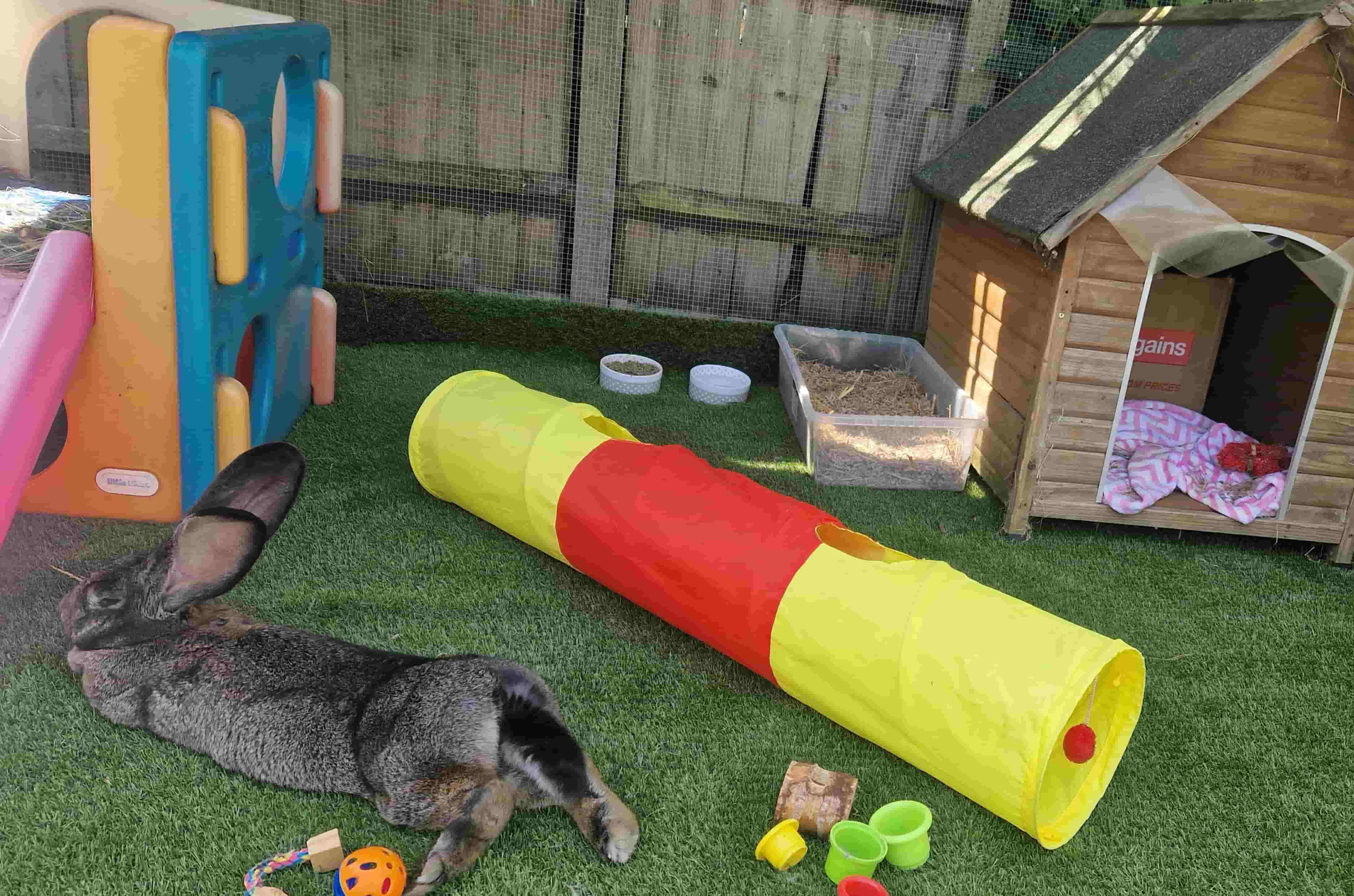
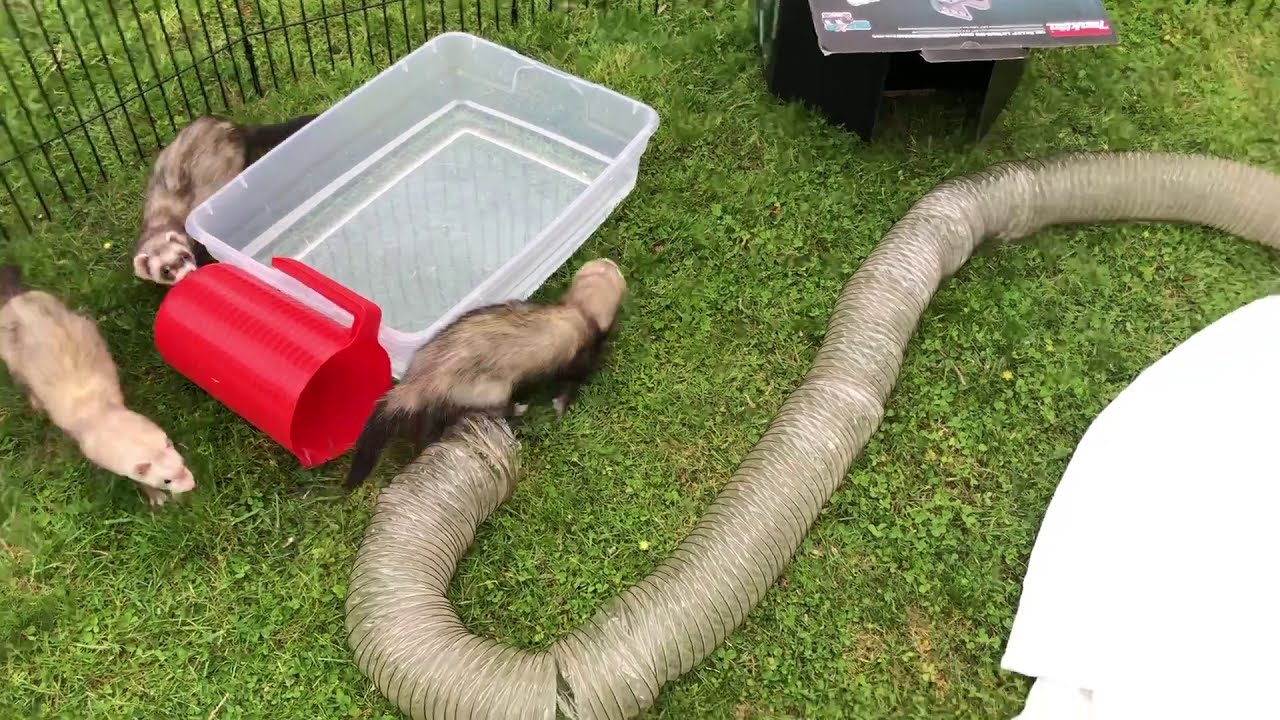
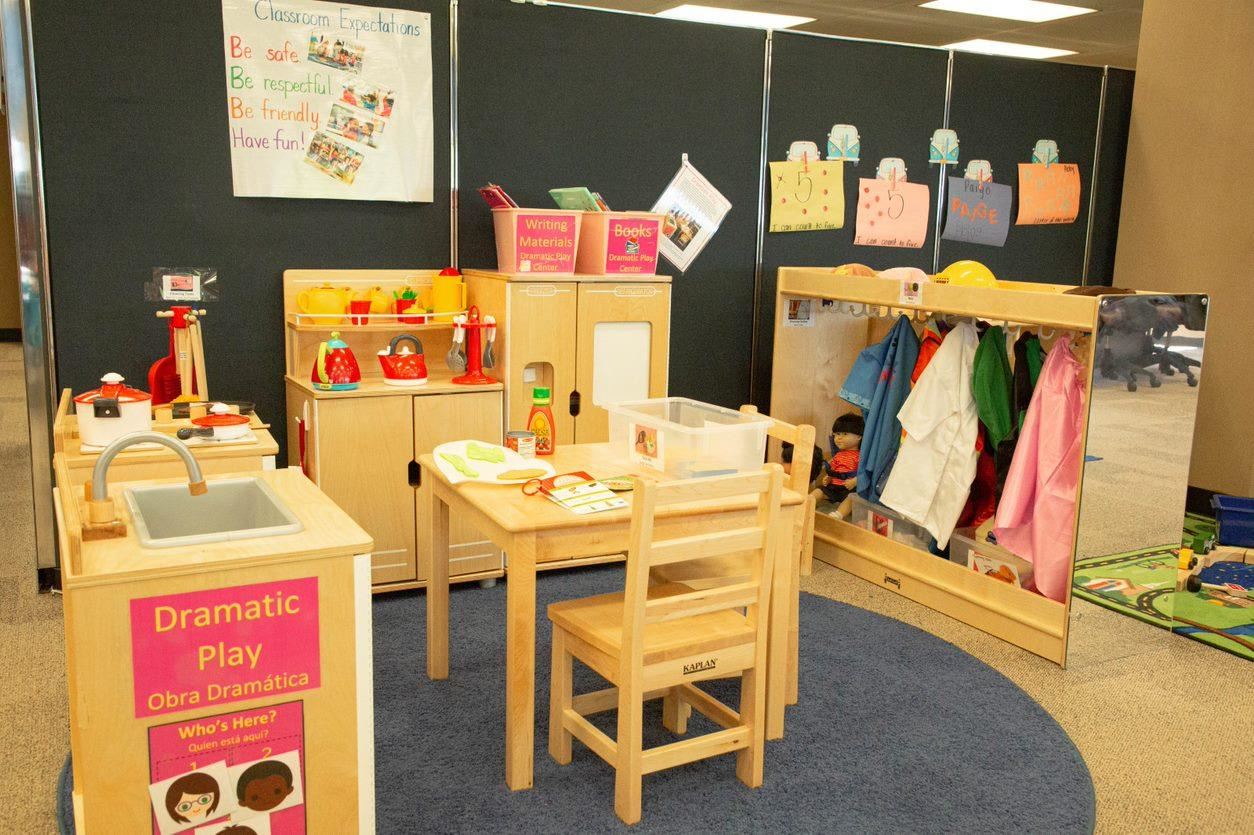

0 thoughts on “How To Organize A Play Area For Toddlers”